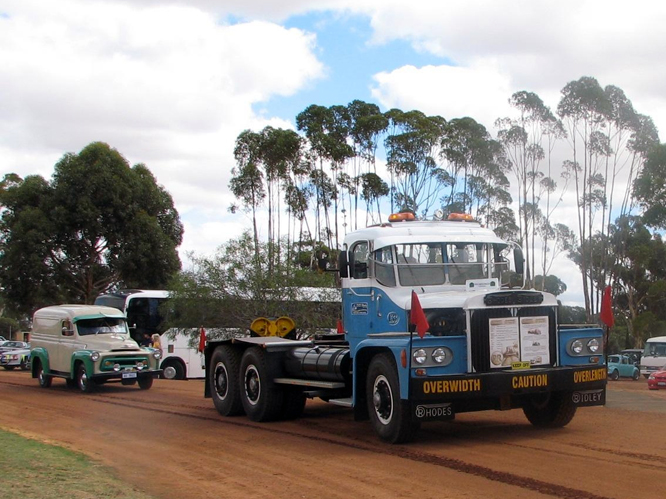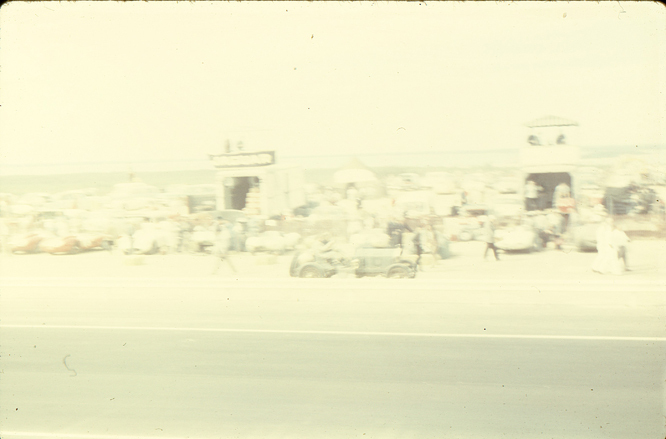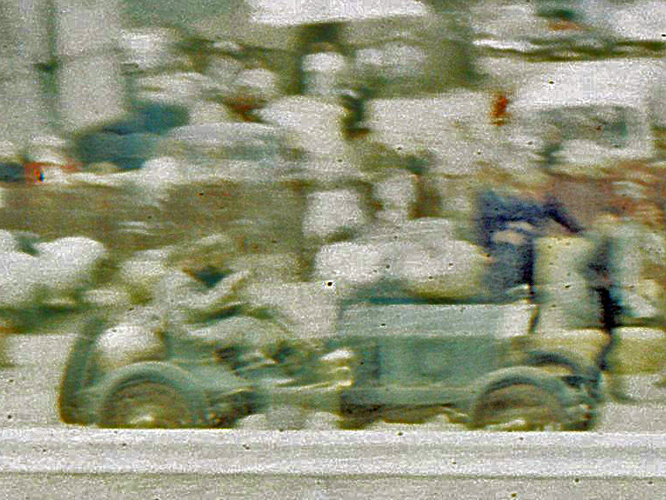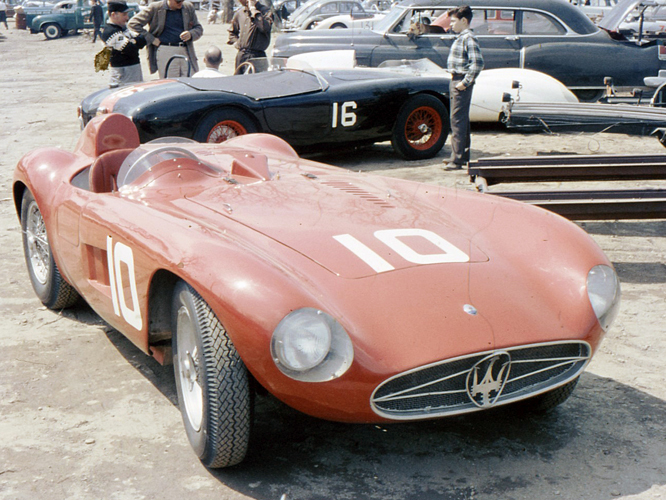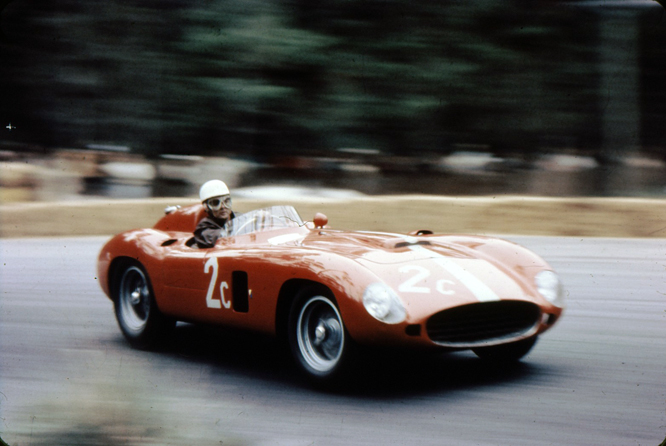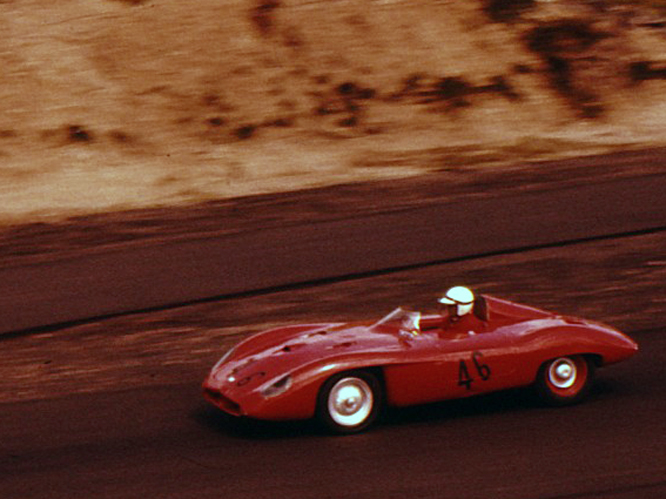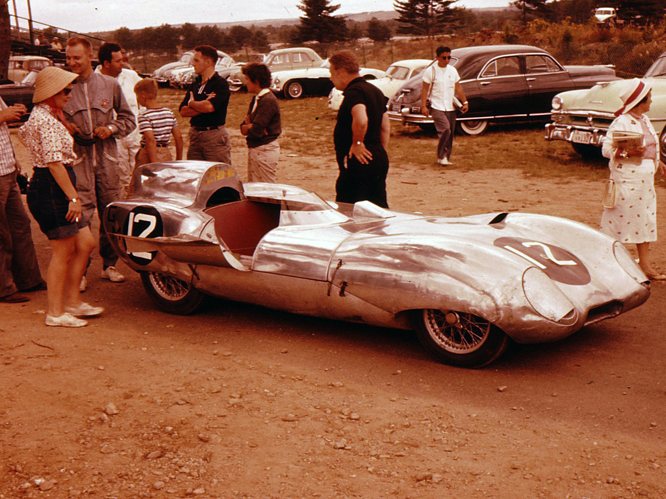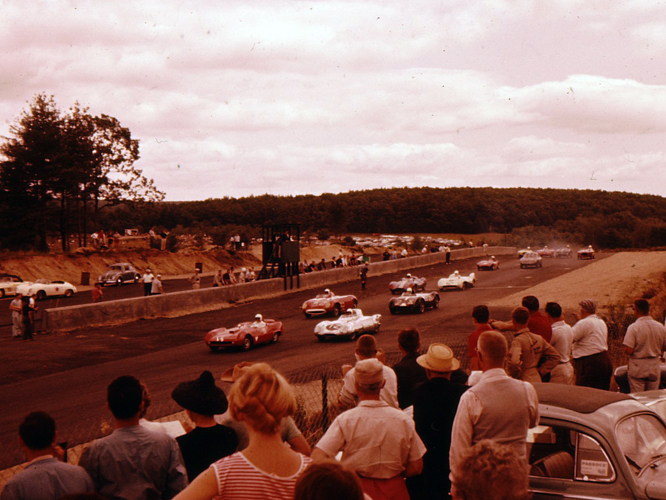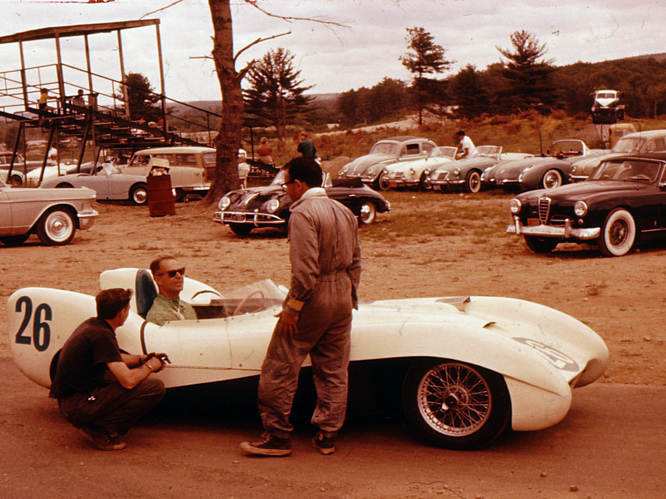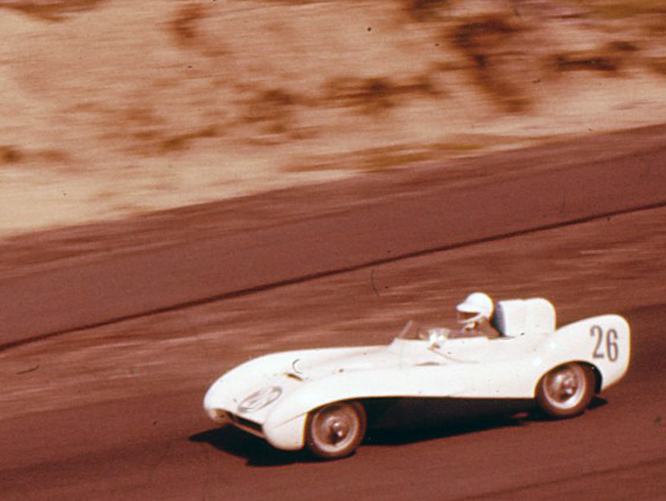Todays blog comes courtesy of Ken Devine a Nostalgia Forum acquaintance from in Australia who posted this fabulous photo of the truly ‘unique’ Rhodes Ridley truck built in Western Australia in 1955.
The story goes that Don Rhodes was a mining, haulage and road building pioneer around the Pilbara, in Western Australia and that his fleet of British 40 ton trucks were not up to the rough dirt roads which Don’s men were constantly regrading just to keep them open.
Don & Harold Ridley a workshop manager for DFD Rhodes Pty Ltd conceived a fleet of road train vehicles that could carry between 4 – 6 times the iron and manganese ore loads their existing trucks could carry, there were no drawings as such anything that needed to be built for the Rhodes Ridley was drawn in chalk by Harold on his work shop floor.
Construction started in 1955, using custom made axles, a chassis fabricated from 5/8″ steel plate 16″ deep and 4″ wide. Two army surplus 200 hp 6/71 GM diesel motors designed for the M3 General Lee medium tank which had in this instance been originally fitted into a tank landing craft, as had the five speed gearbox and twin differentials fitted to give the vehicle a 32 mph capability.
The truck measuring 33 ft long and 11 ft wide weighed 21.5 tons with a 230 ton carrying capacity was the largest road vehicle in the southern hemisphere when it was completed in 1958.
During the period of construction the laws governing most of the roads intended for use by the Rhodes Ridley had changed, with a restricted area in which to operate plans to build further examples were scrapped and the Rhodes Ridley was reassigned, fitted with a powerhouse on it’s back, an ore screening trailer and a jaw crushing trailer to process freshly recovered ore for further transportation.
It’s not clear exactly when the Rhodes Ridley was abandoned but it’s resurrection came about thanks to former Rhodes employee Terry Joyce who formed a club for people to help him with his enormous task of putting the abandoned vehicle back on it’s wheels at the turn of the millennium.
The vehicle still needs a ‘wide vehicle’ permit to go to shows, more photo’s and the rest of the story can be seen at the Rhodes Ridley website linked here.
My thanks to Ken Devine for bringing this fascinating twin engined vehicle to my attention and for letting me share his photograph of it with you.
Hope you have enjoyed today’s two is company edition of ‘Getting a lil’ psycho on tyres and that you’ll join me tomorrow for the first in a short series of home built vehicles. Wishing all the romantics out there a happy Valentines Day, don’t forget to come back now !
PS slightly off topic Pocono Raceways Solar Photovoltaic System has turned the motor sports facility into the largest Solar Powered sport facility in the world, Pocono has been nominated to receive the 2011 Excellence in Renewable Energy Readers’ Choice Award at the 2011 Renewable Energy World North America Conference & Expo on March 8th. Voting for this event closes today February 14th if you have not voted do so now at http://awards.renewableenergyworld.com/readerschoice/ select ‘Vote’ button and then go down the list and click ‘Pocono Raceway Solar Photovoltaic System’, no registration required no unpleasant advertising either. Thanking you in anticipation of your response. Go Pocono !

